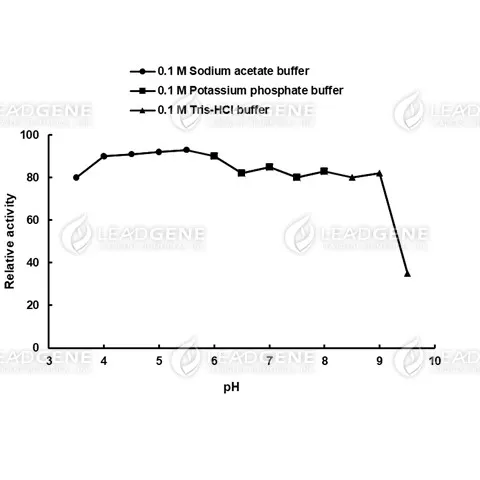Description
Cholesterol esterase (CE) is an enzyme that plays a crucial role in lipid metabolism by hydrolyzing cholesterol esters into free cholesterol and fatty acids. It is primarily found in the pancreas, liver, and intestines, where it aids in the digestion and absorption of dietary cholesterol. CE is also involved in the regulation of cholesterol levels within the body, influencing processes such as the formation of bile acids and lipoprotein metabolism. Its activity is essential for maintaining lipid homeostasis and overall cardiovascular health.






